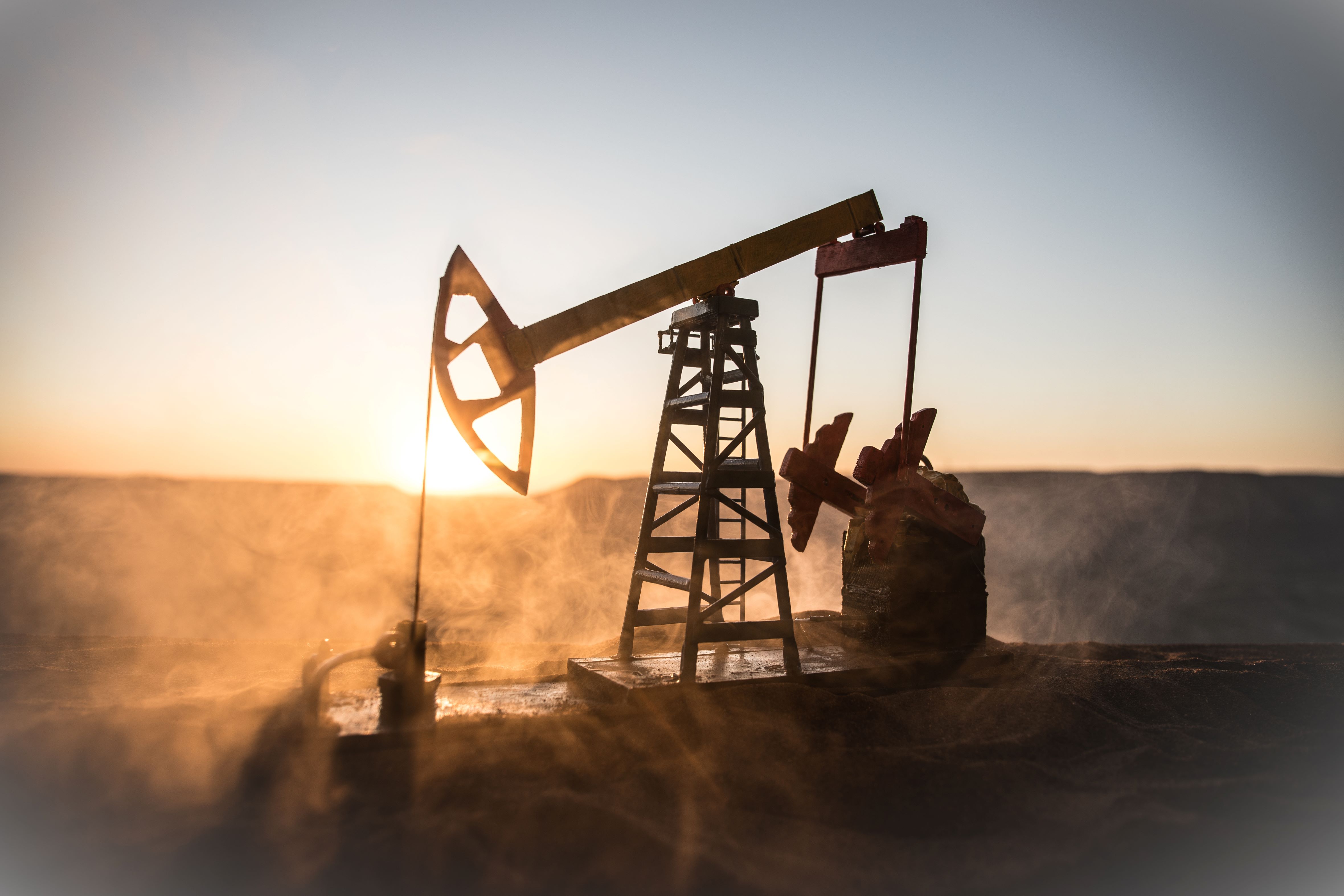
The latest in the IOE&IT Daily Update’s series on globally traded commodities looks at the liquid known as ‘black gold’: oil.
Oil is one of the most traded goods in the world, with global consumption steadily increasing from 3.57bn metric tons at the turn of the century to 4.25bn metric tons in 2021, according to the US Energy Information Administration.
Crude oil and other liquids are produced from fossil fuels and refined into petroleum products, subsequently used to propel vehicles, heat buildings and produce electricity.
In the industrial sector, the petrochemical industry uses petroleum as a raw material to make products such as plastics, polyurethane, solvents and hundreds of other goods.
In 2020, the world used approximately 88.6m barrels per day of oil, which amounted to 30.1% of the world’s primary energy usage.
Ancient process
Oil was created over millions of years by the slow breakdown of organic matter and is found all over the world.
‘Oil reserves’ are the estimates of the amount of not-yet-mined crude oil that can be recovered with current technology and at a cost that is financially feasible in relation to the current price of oil.
The 10 countries with the most oil reserves (thousand million barrels) are:
Venezuela - 303.8
Saudi Arabia - 297.5
Canada - 168.1
Iran - 157.8
Iraq - 145
Russia - 107.8
Kuwait - 101.5
United Arab Emirates - 97.8
United States - 68.8
Libya - 48.4
Although Venezuela has the most oil reserves in the world, most of these are offshore or far underground, making the cost of extracting it too high to be profitable.
By contrast, Saudi Arabia’s oil reserves are close to the surface and on land, which makes them much more accessible and the extraction process vastly more cost-effective, making its oil sector significantly more profitable.
Production
The US is the world’s foremost producer of oil, as well as its largest consumer, which makes it necessary for the US to import additional oil as it is only 9th in the world in terms of available oil reserves.
The world’s main oil producers (barrels per day) are:
United States - 11,567,000
Russia - 10,503,000
Saudi Arabia - 10,225,000
Canada - 4,656,000
Iraq - 4,260,000
China - 3,969,000
United Arab Emirates - 2,954,000
Brazil - 2,852,000
Kuwait - 2,610,000
Iran - 2,546,000
While some have predicted that oil consumption will slow as its use becomes more efficient and alternative forms of energy and fuel become available, demand is expected to continue to grow for years to come.
According to GIS, ‘peak oil’ – the point at which consumption reaches its maximum before starting to fall – will not come until around 2040.
Exports
Globally exported crude oil totalled $982.6bn for 2021, making crude oil the world’s second-most valuable exported product for that year, lagging only exported electronic integrated circuits and related parts.
Crude petroleum oils represent 4.6% of the overall total for all exported commodities during 2021, up from 3.8% in 2020.
The top five exporters of crude oil in 2021 accounted for almost half (46.7%) of global exports.
Saudi Arabia - $161.7bn (16.5% of exported crude oil)
Russia - $82bn (8.3%)
Canada - $74bn (7.5%)
Iraq - $72.1bn (7.3%)
United Arab Emirates - $69.4bn (7.1%)
United States - $41bn (4.2%)
Norway - $40.2bn (4.1%)
Kuwait - $36.3bn (3.7%)
Nigeria - $30.6bn (3.1%)
Brazil - $27.9bn (2.8%)
Crude Oil Imports by Country (2021)
China - $229.3bn (22.3% of imported crude oil)
United States - $138.4bn (13.5%)
India - $106.4bn (10.4%)
South Korea - $67bn (6.5%)
Japan - $63.1bn (6.1%)
Germany - $40bn (3.9%)
Netherlands - $36.3bn (3.5%)
Italy - $29.9bn (2.9%)
Spain - $29.6bn (2.9%)
Thailand - $25.5bn (2.5%)
Controlled production
Although oil producers try to keep the price of oil relatively stable by controlling production, it can be a volatile commodity given its universal demand around the world, and the different motivations of various producing countries.
This has been particularly noticeable in the past year with Russia switching its oil sales from Europe to Asia as sanctions over its war with Ukraine have kicked in.
According to the FT, Russia exported more oil in April than in any month since invasion of Ukraine last year, and almost 80% of its cut price crude shipments went to China and India, according to the International Energy Agency (IEA).
Future issues
The Organization of the Petroleum Exporting Countries (OPEC) kept its global oil demand forecast for 2023 unchanged recently, expecting economic risks to be offset by higher Chinese demand growth.
The IEA anticipates that China, as the world’s largest crude oil importer, will account for nearly 60% of global demand growth in 2023, after Beijing’s consumption set its all-time record of 16m barrels per day in March.
CNBC reports that the IEA expects demand to start exceeding supply as of this quarter, for the first time since early 2022, with a projected deficit set to deepen to nearly 2m barrels per day by the end of the year.
According to the Washington Post, the waters are muddied by black market oil coming from countries that are under Western sanctions – Russia, Iran and, to a lesser extent, Venezuela.
With the IEA lifting its forecast for 2023 global oil demand by nearly 400,000 barrels a day, reaching a record annual daily average of 102m barrels, there seems to be no shortage of takers for oil wherever it comes from.



